All aboard! This train bound for another episode of Sino-silliness, Chinese chicanery, Oriental oddity, and points Eastward.

Insomuch as it has a name, this is the "Originality Pendulum," third of three by our friends from YESISOK. But that, of course, is only the first tidbit of its name, which makes it sound like it ought to be a Lancrastian resident. As usual its full name is longer and rather less melodious: It's the "Originality Pendulum Folding Knife Mini Sharp Stainless Steel Fruit Knife Carry Key Chain Pendant Portable Open Express Knife." If you expect to actually use this for fruit, I'll just say there is a definite upperbound limit of fruit to which it'll be applicable.
Rarely can we judge a book so readily from its cover. The Originality Pendulum is a breath of fresh air in that respect, since it's easy to see precisely what it has to offer.

Originality is right. Yes, this is a small slip joint folder that's long on the joint but a bit short on the slip. This is because it has what can only be described as a real live and functional locomotive drive arm on it. The arm is spring loaded and is what serves as a detent to keep the blade positively, albeit gently, held in its open or closed positions. For this its maker consistently refers to it by using the word "pendulum." I don't think that quite means what they think it means. I would have said "piston," personally, but what do I know? We'll roll with it anyway.

That's because this is pretty rad, it must be said. I'm just chuffed to bits over it.
The Originality Pendulum is definitely angling for the keychain knife or possibly urban micro-EDC category. It's quite small, but not unusably so: 4-3/16" long when open with a pseudo-sheepsfoot 1-1/2" blade. It's 2-11/16" long when closed and just 0.280" thick across the flat of its handles. The piston mechanism actually sits proud of the handle slightly and bulks the whole thing out to about 0.322". The blade has a section of sharpened edge just a hair under 1-5/16" with a genuine choil behind it, so that all of the short length is at least usable. Of course, exactly what that blade is made out of is a bit of a mystery, per usual. The specifications claim it's 7cr which is certainly within the realm of plausibility but it's likely we'll never know for sure. Still, for a novelty miniature knife that's likely to be used only for non-demanding tasks, that's probably fine.

It's 42 grams precisely or 1.48 ounces, being made entirely of steel of one description or another, except for the piston which is prominently made of brass. So it's small and arguably light enough that you genuinely could dangle it alongside your keys. Or, perhaps, from your pocketwatch chain. Here it is with a quarter for scale.

There's no thumb stud or anything but there is what amounts to a fingernail nick on the form of a triangular hole through the spine of the blade. You might think this is for use as a thumb hole like a Spyderco knife, but not much of it is left exposed sticking out of the handle and it's really too small to access with your thumb. A fingernail really is the best way to get at it. There are some ridges around the spine and a small heel on the back of the blade, though, so you can just barely and with a fair bit of practice open this as if it were a rear flipper. It's not easy, though, because the piston is indeed spring loaded and it will want to snap the blade back shut if you don't manage to rotate it far enough. Fair dues, though, once you get it tipped past the halfway point it'll snap the blade open for you instead.
If you're used to a traditional small slip joint folder the Originality Pendulum is actually a bit easier and, if you ask me, a lot nicer to use. It's not as tightly sprung, and its spring action is longer and more progressive. It feels like it's working with you rather than against you. It feels more modern and refined, despite basically just being the same thing arrived at via a silly avenue.

There's no clip or anything but there is a hole on the tail you can use for a lanyard or keyring. And this time you actually can use it, without interfering with the function of the knife... The maker (or possibly seller) demonstrates such in this picture, which I've gleefully stolen because it means I don't need to bother to put forth the effort to find a keyring and then take my own. Hey, this must be efficiency. (While we're at it, get a load of those fake keys!)

Surprisingly, the Originality Pendulum's product photos are 100% accurate, which for fly-by-night Chinese cutlery may actually be a first. For instance, no polishing job whatsoever has been done on the taper grind on the blade. It's left with machining ridges on it so pronounced they'll stop your fingernail if you rake it across. But that's exactly as it's depicted in all of its photos, so you can't say you've been misled. Also, that grind may in fact actually be flat. Or if it's not, it's a hollow grind that's so subtle it's impossible to detect as such. The flats, meanwhile, are very shiny. Nearly mirror polished. The net effect is kind of attractive, but if you know what you're looking at it does broadcast "cheap."
What's carefully not depicted is the back side of the knife, probably because it's boring and just flat:

It's got a satin bead blasted finish which doesn't look too bad, though. I would have liked to maybe see a small clip here as well, but given that this retails for $10.27 at the moment -- tariffs and all -- at that price you probably can't have everything. It didn't come with its own keyring, either. Nor a box; it just shows up in a plastic baggie.

Obviously I was drawn to this purely for its mechanism and I was far less concerned about the rest of its qualities. It's a bonus, then, that this thing manages not to be complete crap in the bargain.

The Originality Pendulum is definitely built on a budget, but it's still surprisingly competently put together. Mine, for instance, barely had any lash in the pivot.
The cost saving features include making all three of its assembly screws identical: The two at the tail and the one through the pivot are the same. The pivot is spaced out with some small brass washers, which is a damn sight better than what I was expecting, which was nothing. That explains the solidity of the blade on its pivot, and its lack of rubbing against the handle plates.

Here's the piston, which we all know is what we really came here to see. It's two pieces, a hollow tube that comprises the rear half and a rod that goes to the front. There's a tiny coil spring inside which provides the, well, springiness. This is what keeps the blade held in either of its two positions. There is also a fantastically tiny spacer that goes between the end of the piston arm (which is threaded!) and the blade, keeping the former from rubbing against the latter. If you ever one of these apart, do not drop that part on the carpet lest you never see it again.

The end of the piston attaches to this screw, which is sunk into a machined pocket on the back face of the blade. The screw spins freely in its hole here and machining this pocket into the blade must have contributed a nontrivial amount to this thing's production cost.

The hardware. None of the screws have anti-rotation flats on them and they are threadlocked from the factory, so you will need a T6 driver in each side to disengage these, should the urge ever strike you. The pin there is the endstop for the blade which lands in the choil when it's closed and the heel of it rests against when it's open.
The edge grind is not exceptionally fine, but mine arrived sharp enough to be serviceable for light package-openeing duty, at least.

It appears that a slight secondary apex has been put on the edge which is presumably what actually manages to make it sharp, or at least as sharp as it is. At the angle the primary edge is ground at, the two sides wouldn't have actually met at the apex.

The tip is not especially pokey because it's been rounded off slightly in this process, as you can see. I imagine the final sharpening was probably done by hand. (The backdrop here is a random piece of mail I had on my desk, which the microscope reveals to actually be printed on security paper. Hence the rather festive 1990s confetti pattern, there. They say you'll discover a whole new world under a microscope, and it turns out they were right.)

You can see here how different the edge angle is on either side. In all honesty I've seen worse in terms of factory trueness even on much more expensive cutlery, and 7cr isn't exactly a difficult steel to sharpen. Given this knife's short edge length to begin with, fixing this up if it annoys you should easy for anyone equipped with pretty much any stone, and a modicum more care and skill than was possessed by whoever-it-was at the factory. I don't think either of those will be an especially tough bar to clear. So making this little tacker unwisely sharp should be the work a mere moment.
The Inevitable Conclusion
There's just something about the way the Originality Pendulum works that inherently makes any man or boy grin. It's probably the locomotive-adjacency to its mechanism. It ought to come with its own miniature conductor.
It's steampunkishness is there, for sure, but it's restrained. More subtle. Refined.

Less in your face. It's much more New Atlantis than New Atlanta. A gentleman's (or woman's) knife, then.
If this were sold by The Sharper Image I'll bet it would cost sixty bucks. But it's not, so you can have one for not much more than a single Hamilton. You could absolutely use this in polite company and if you did, the comments you'll receive would probably all be positive.

In case you couldn't tell, I really like the Originality Pendulum. Even despite its cheapness and its stupid name. Every once in a while that happens, with what you thought for sure was going to be a piece of junk worth it only for the memes turning out to be a genuine diamond in the rough.
The problem is, that'll embolden you, tempting you to buy the next one. And then... Well. You know how it usually goes.





































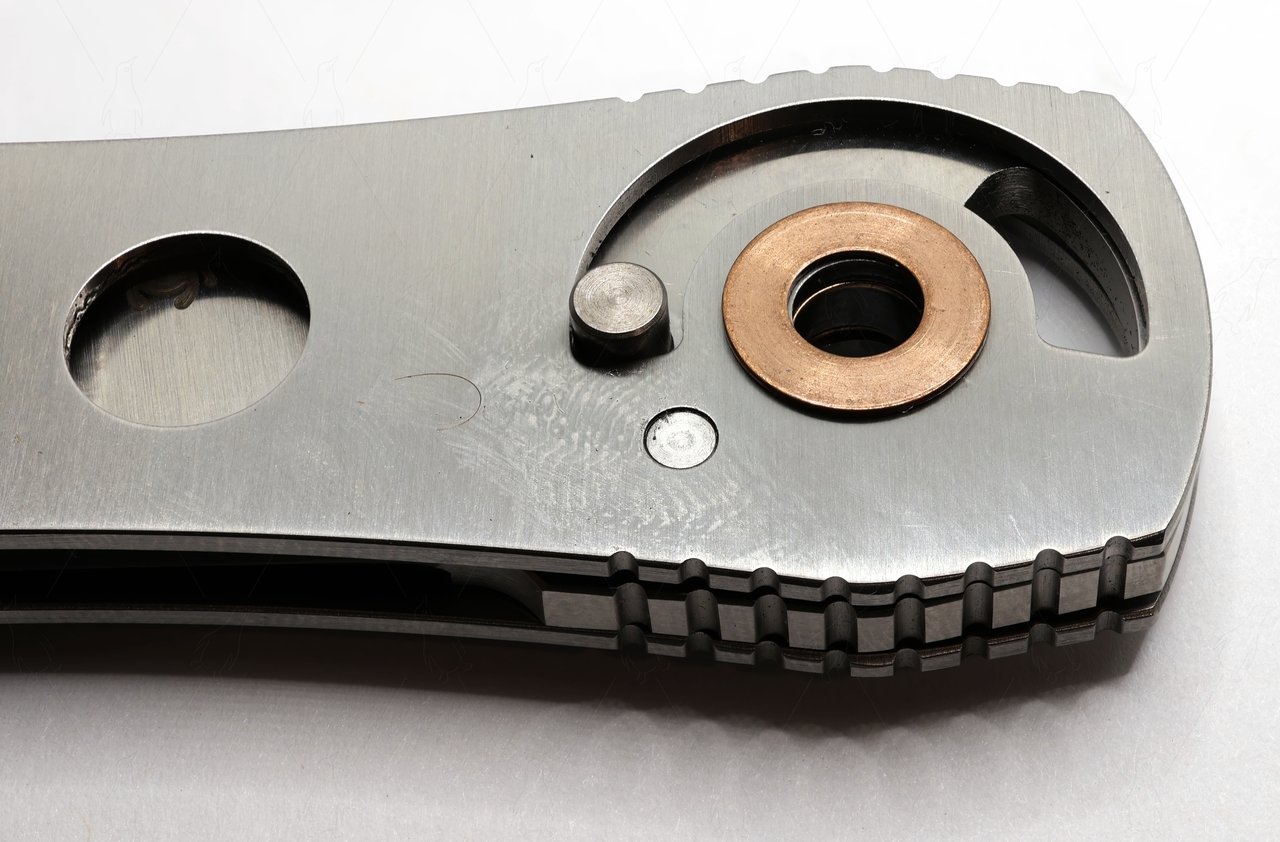
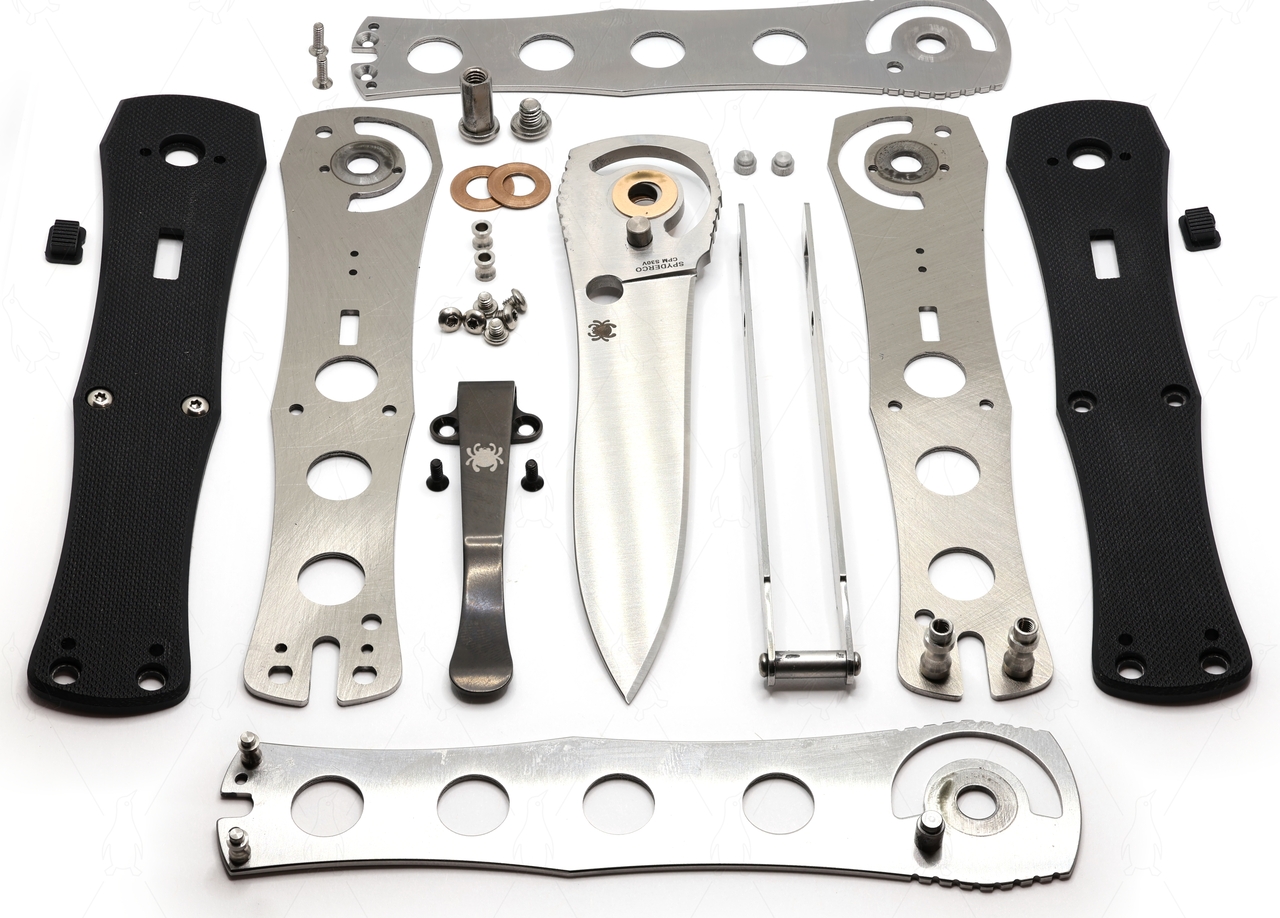





























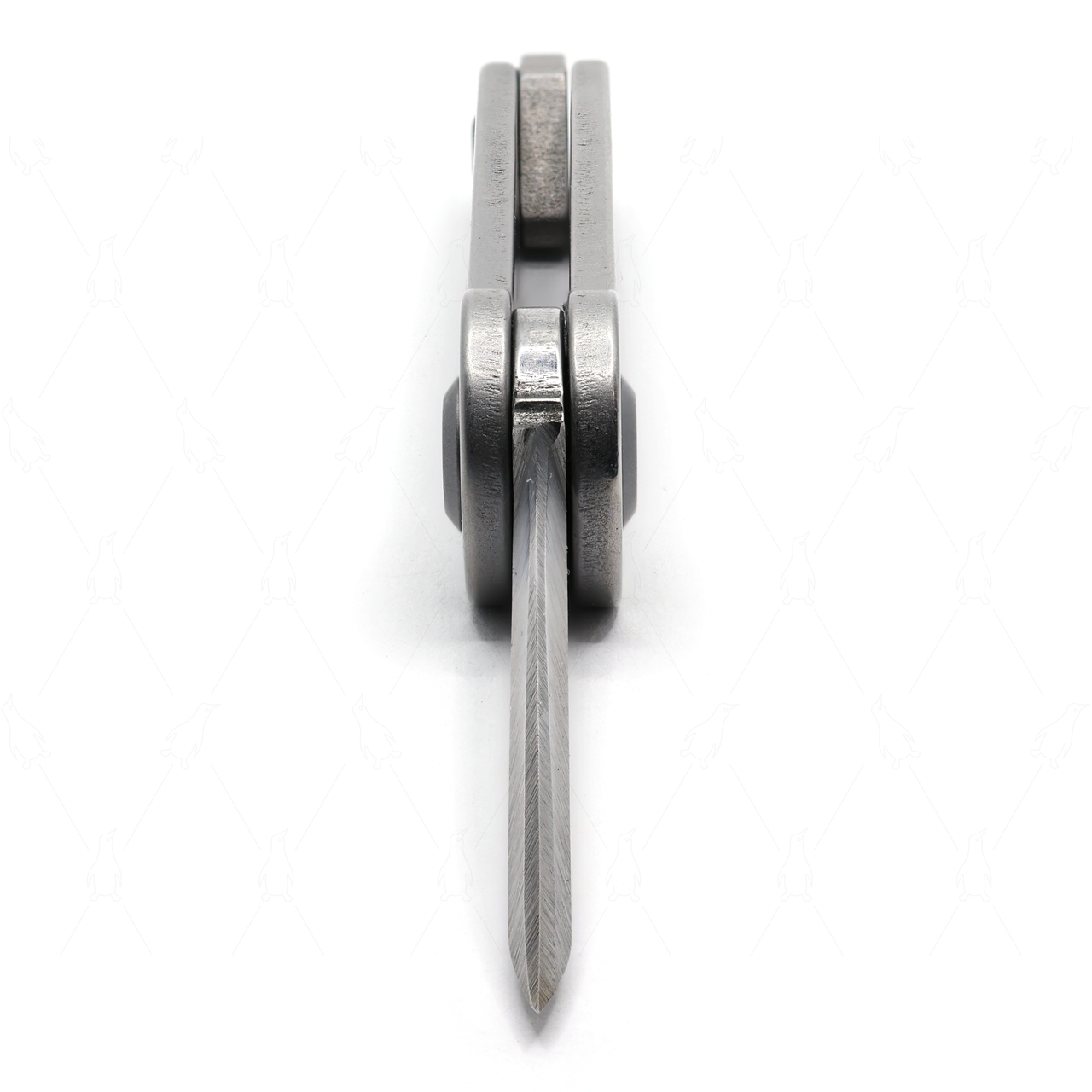


















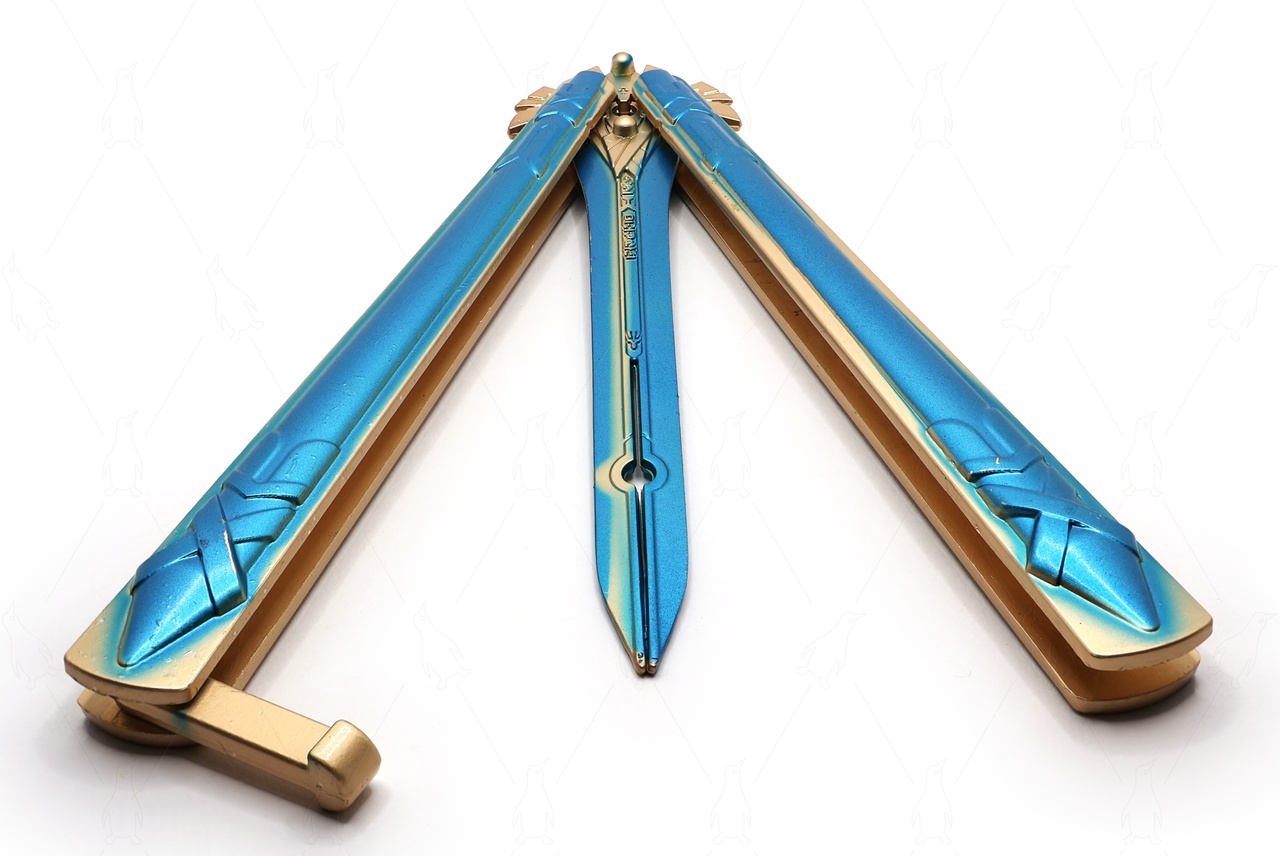








































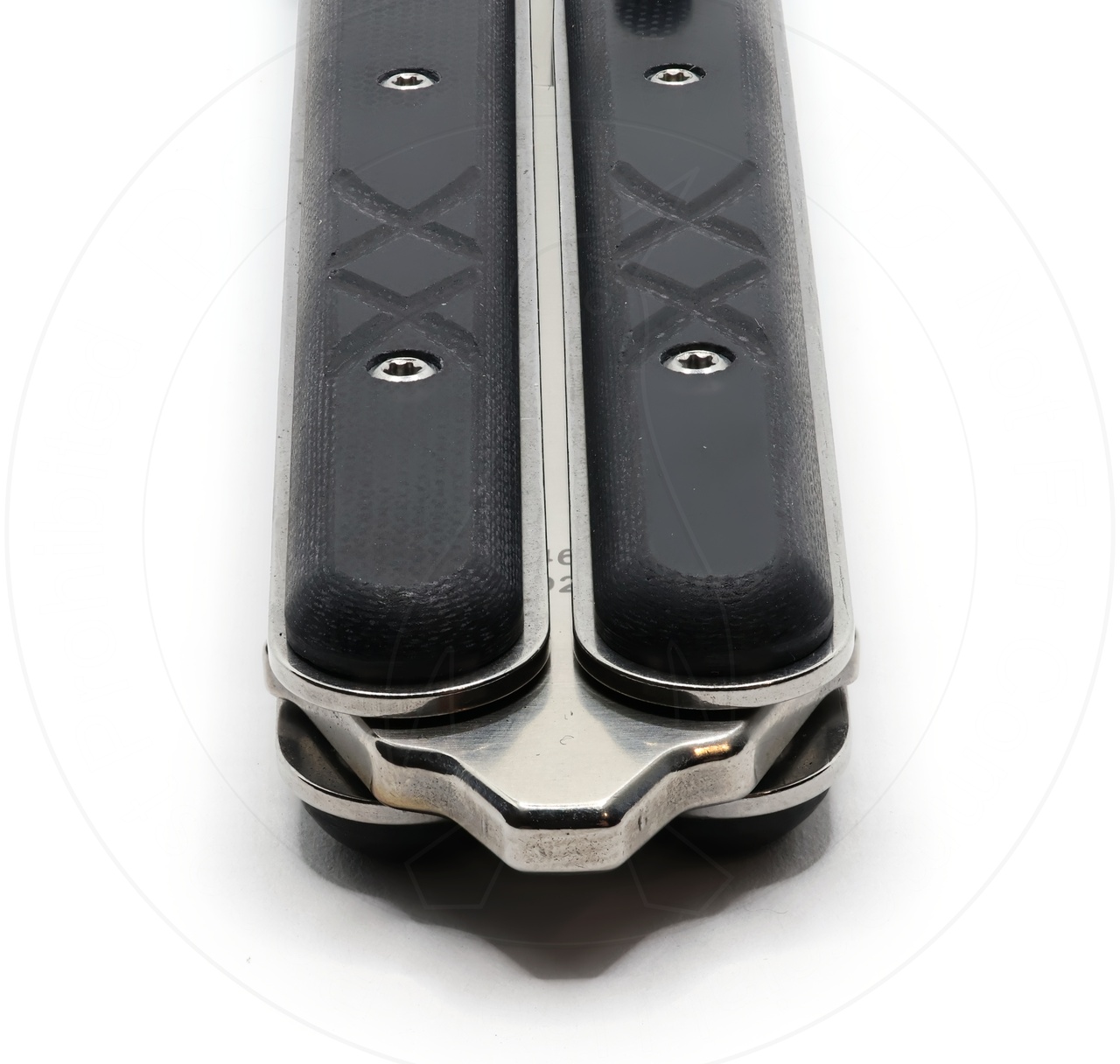


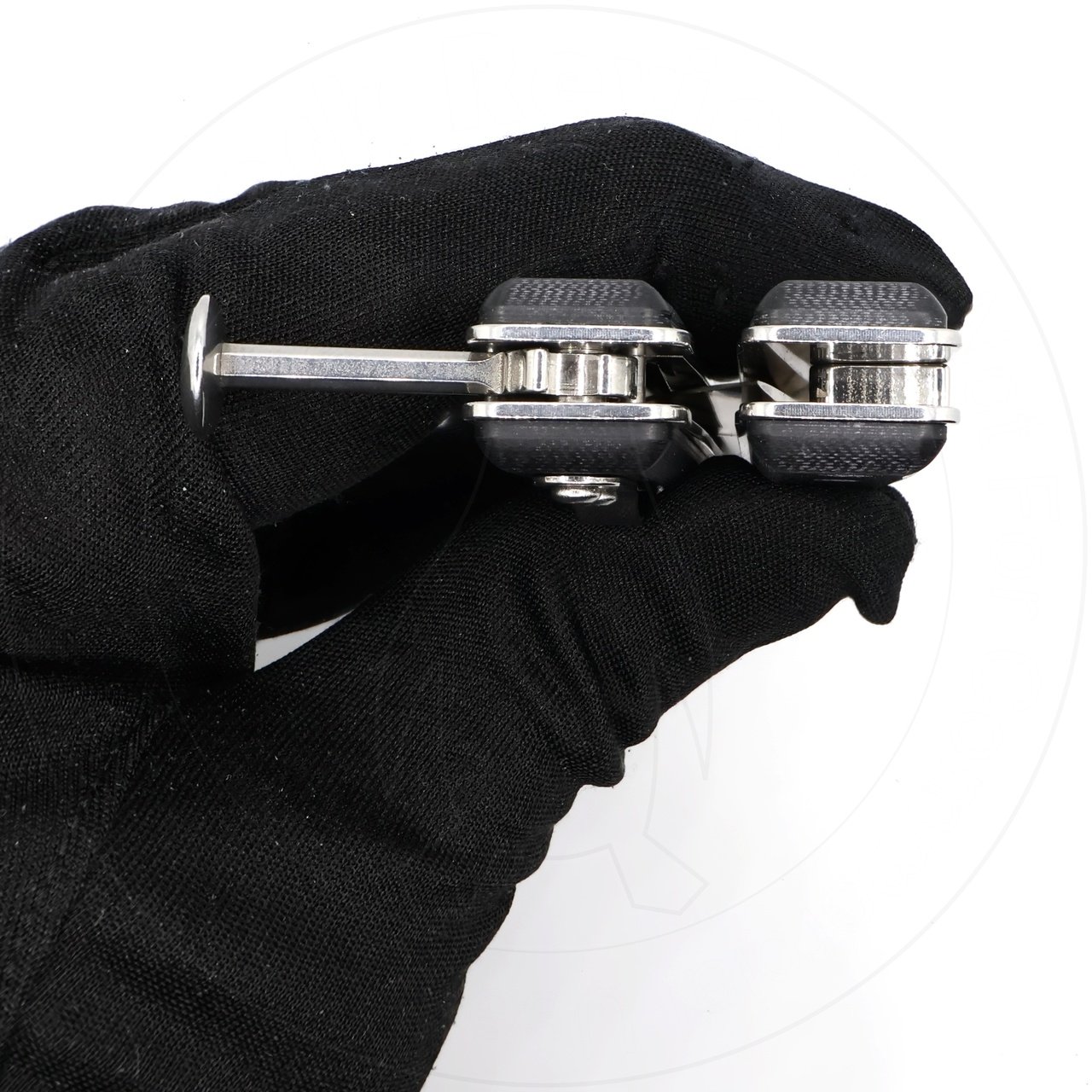








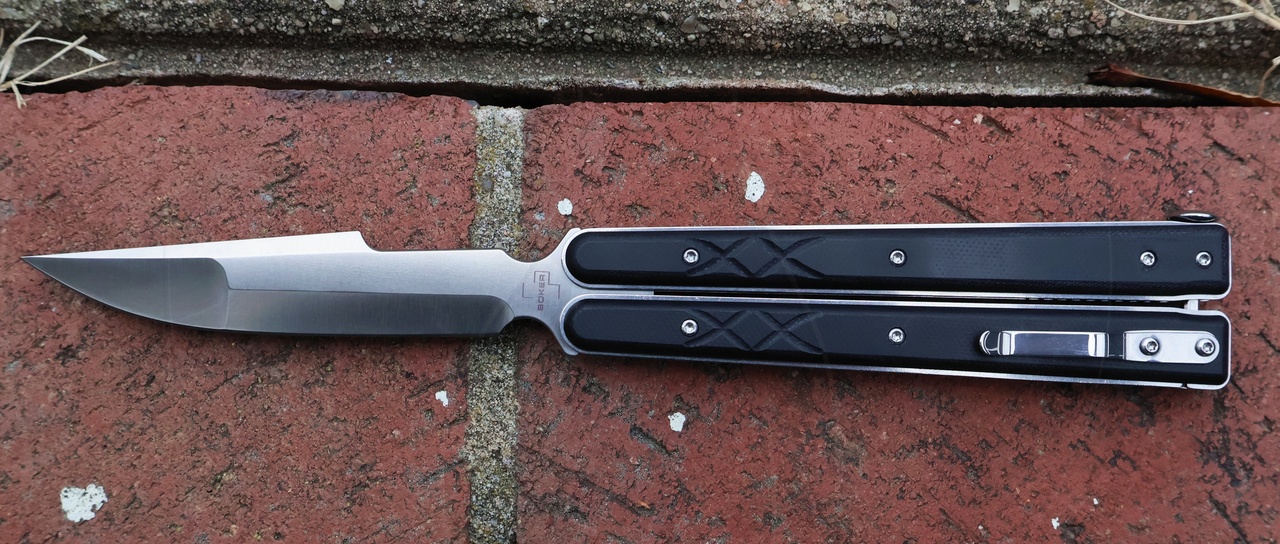
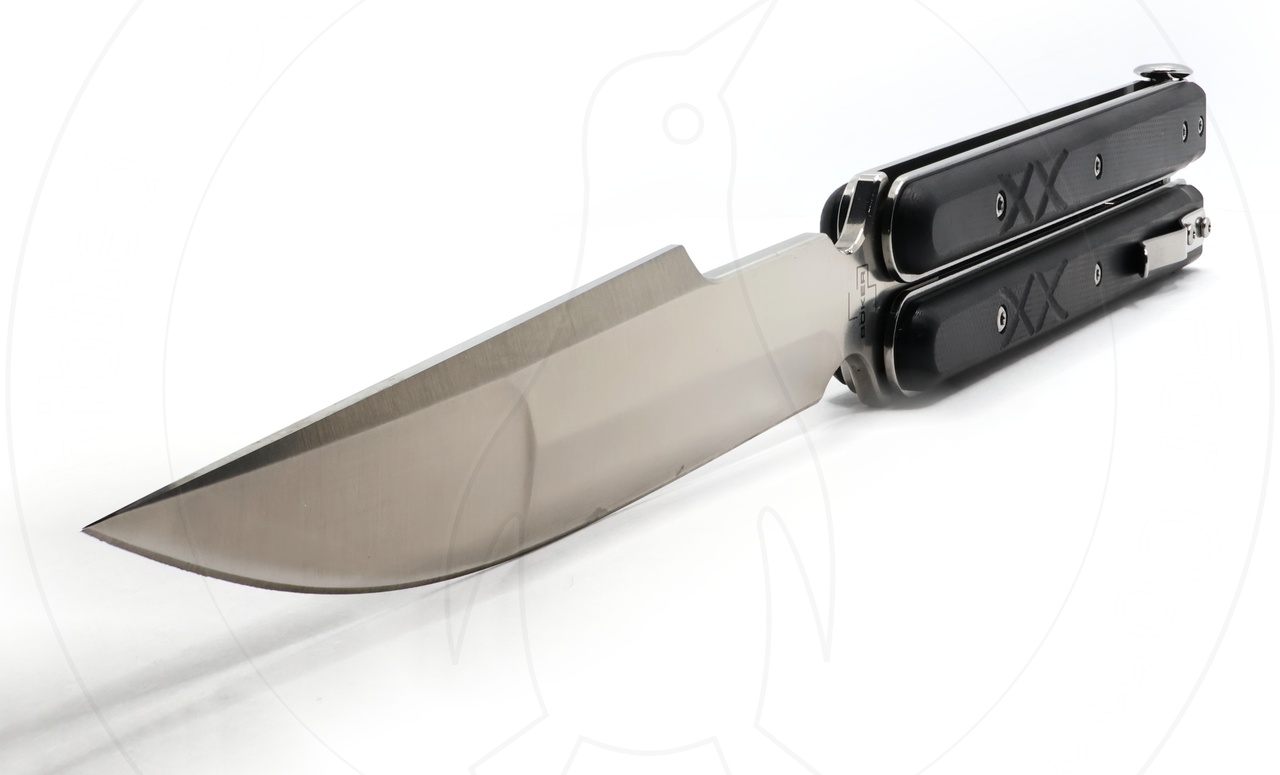
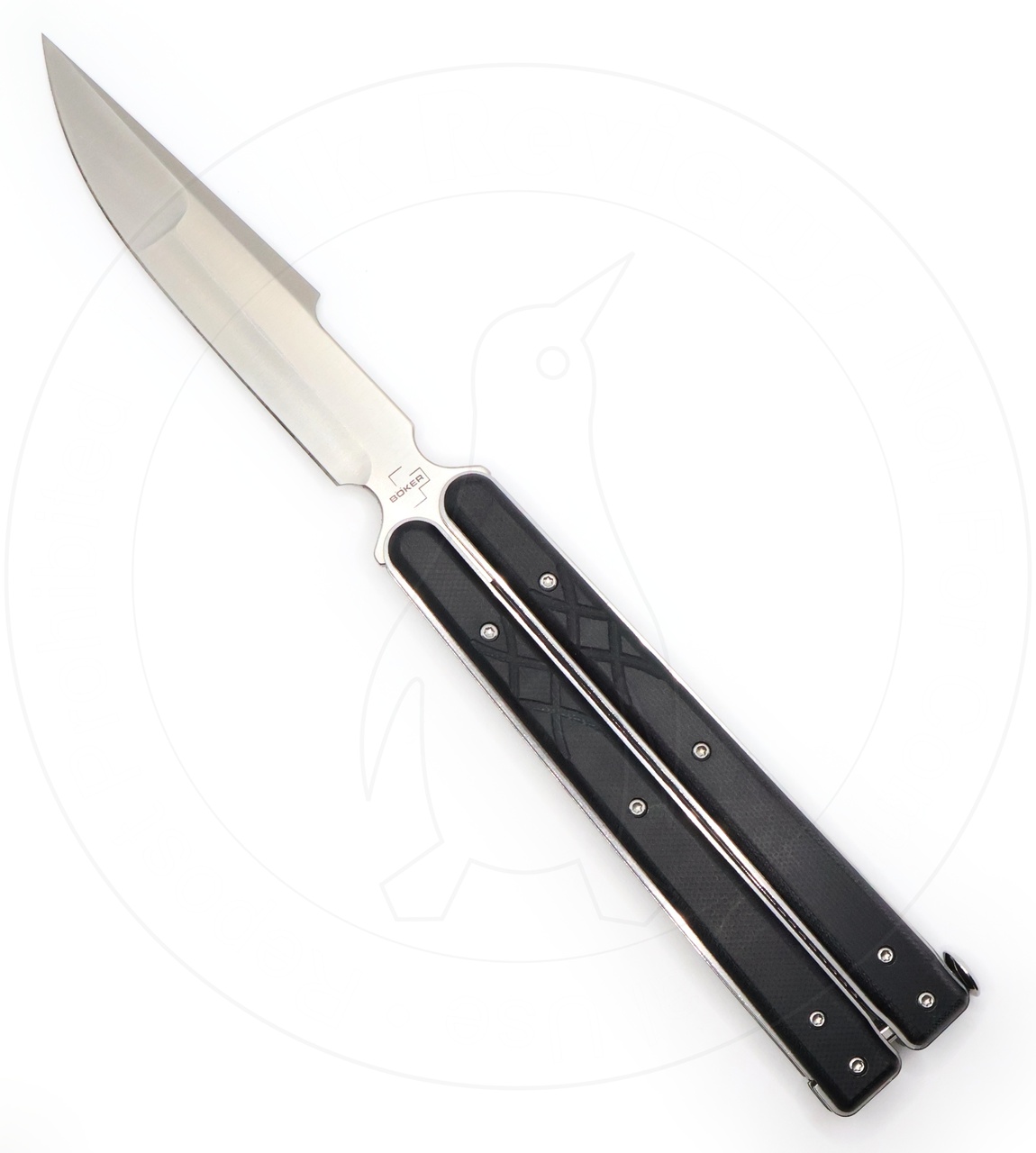



People found out about the Win10 IoT LTSC version, which Microsoft alleges to be supporting for 10 more years.
It comes with basically zero of the M$ bloat that everyone hates, as well. It's just Windows.
I just installed it on my father's new (old) laptop, because he is not ready for Linux yet -- possibly ever.
It has no:
It does come with Edge.
Because it does not have the Microsoft Store you have to manually install anything that comes as a store app from the command line. I was taken by surprise that the Duckduckgo browser is packaged this way. But you can still do it. Normal programs install just fine.
Yes, you can use it for gaming.
Edit: I guess I forgot to drop the obligatory link to https://massgrave.dev/ , which is how I found out about this and got it running. Also hosted there is a tool that allows you to... license... various Microsoft products including your shiny new Win10 IoT install.